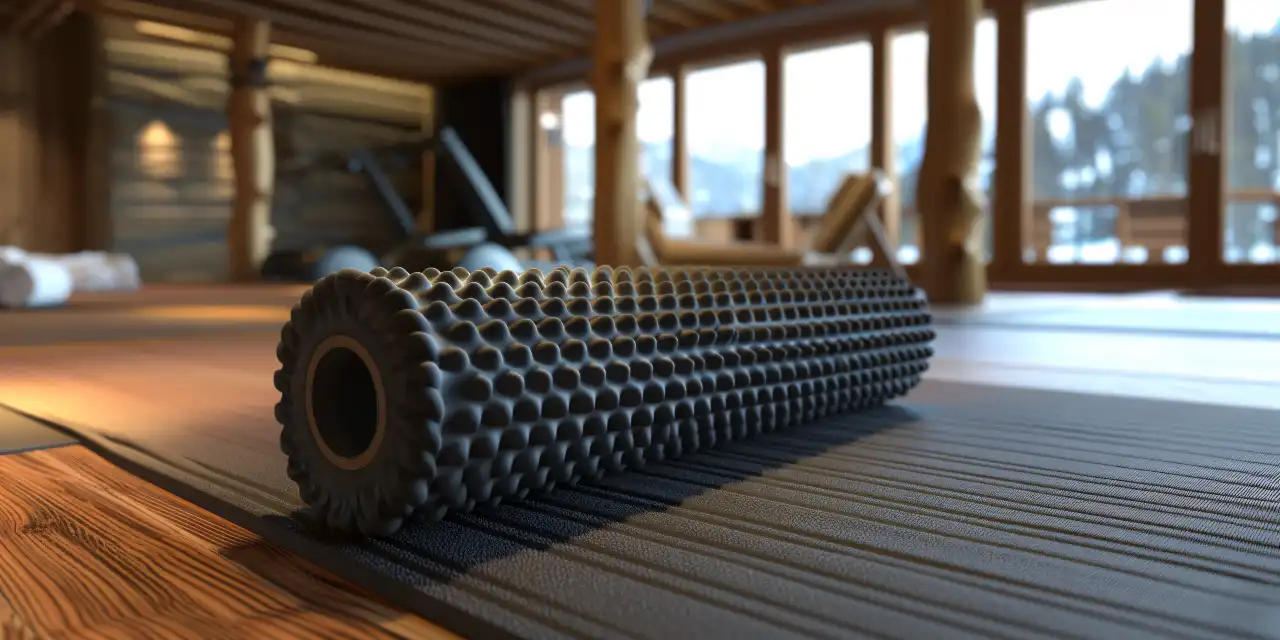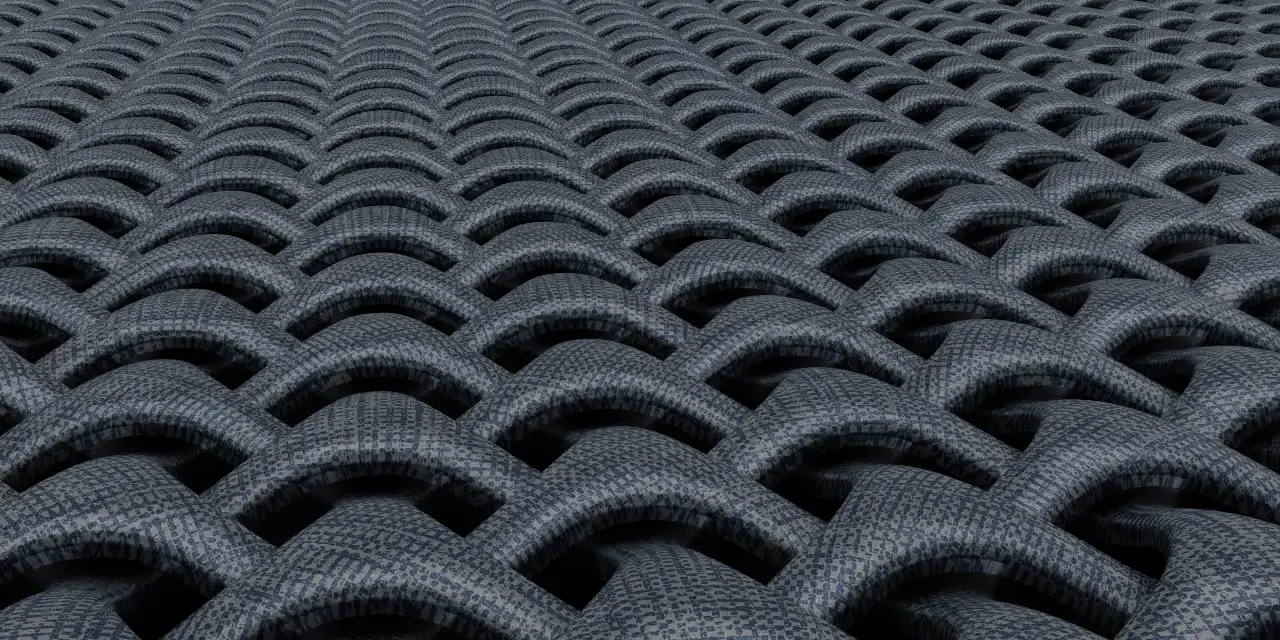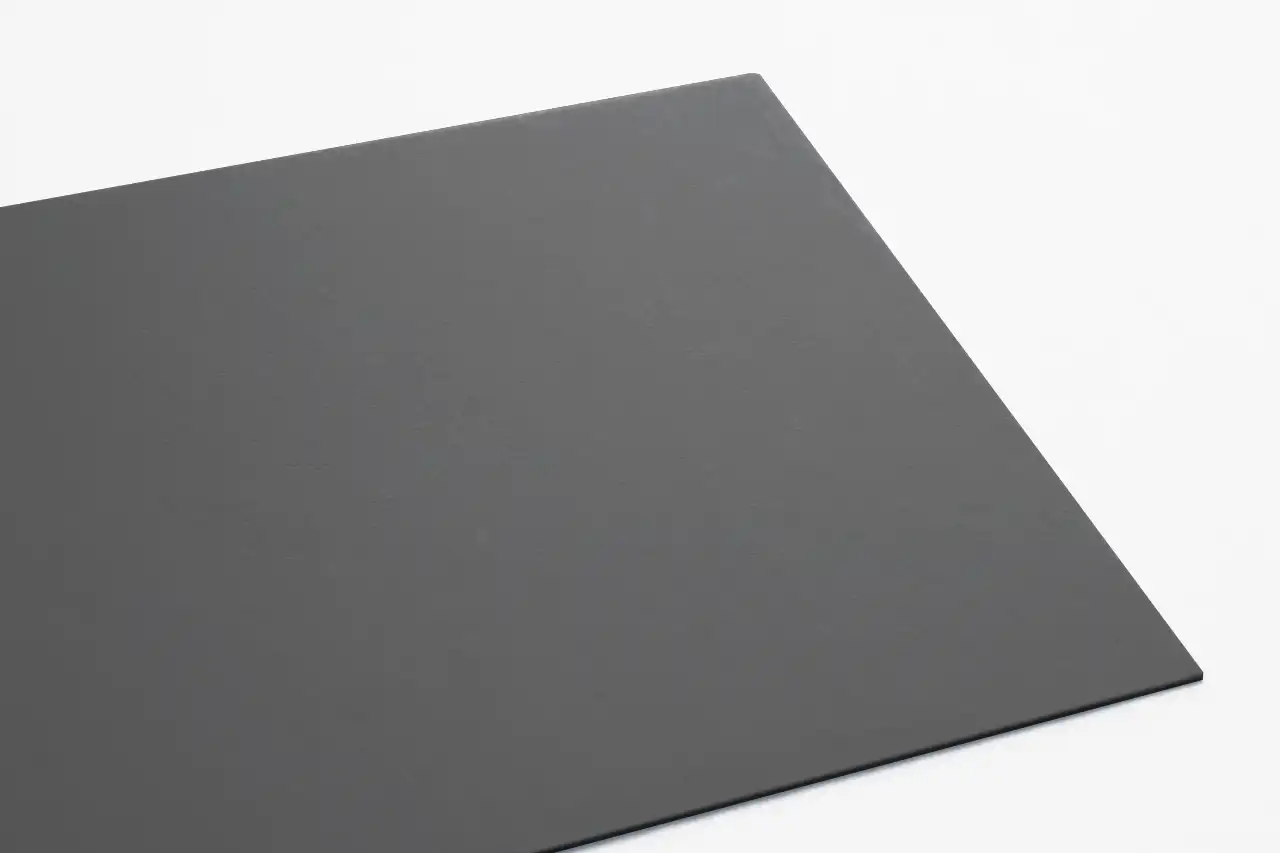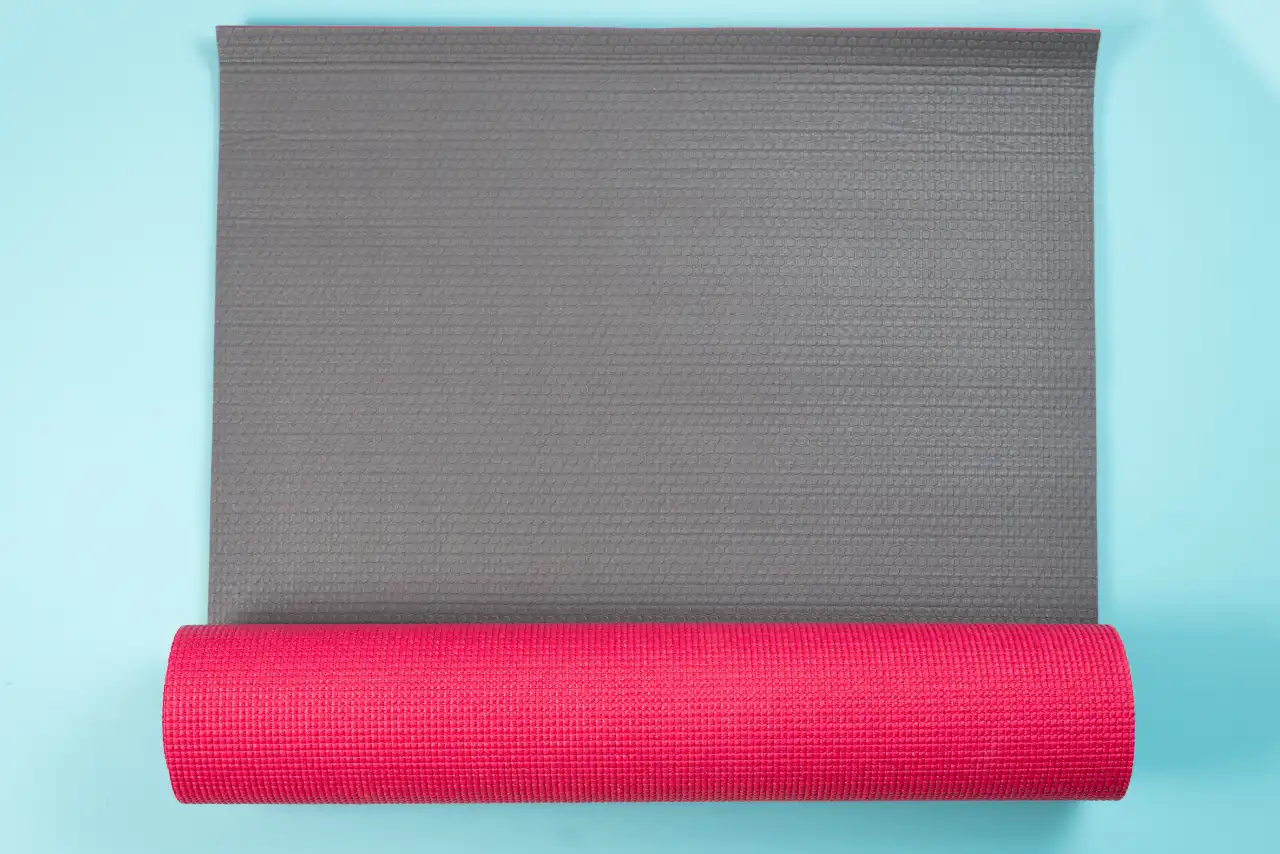Innovations in Rubber Mat Technology: Adapting to REACH Requirements
The rubber mat industry is undergoing a transformative phase driven by regulatory changes and a growing demand for safer, more sustainable products. One significant regulation impacting this sector is the REACH (Registration, Evaluation, Authorisation, and Restriction of Chemicals) regulation established by the European Union. REACH aims to protect human health and the environment from the risks posed by chemicals while enhancing the competitiveness of the EU chemicals industry. As a result, manufacturers are innovating in rubber mat technology to meet these stringent requirements.
Sustainable Material Selection
One of the most significant innovations in rubber mat technology is the shift towards using sustainable and eco-friendly materials. Traditional rubber mats often contain harmful chemicals such as phthalates, which are subject to strict regulations under REACH. Manufacturers are now exploring alternatives such as bio-based rubber, recycled materials, and natural rubber sourced from sustainable plantations. These materials not only comply with REACH standards but also appeal to environmentally conscious consumers.
Advanced Testing and Compliance Strategies
To ensure compliance with REACH, rubber mat manufacturers are adopting advanced testing methodologies. Innovations in testing technologies, such as high-throughput screening and predictive toxicology, allow companies to assess the safety of their products more efficiently. By identifying potentially harmful substances early in the development process, manufacturers can adapt formulations to eliminate or reduce hazardous chemicals, ensuring compliance before products hit the market.
Enhanced Production Processes
Manufacturers are also innovating their production processes to align with REACH requirements. Techniques such as closed-loop manufacturing and solvent-free processes minimize chemical emissions and waste, resulting in a cleaner production environment. These methods not only help in adhering to REACH regulations but also enhance the overall quality and durability of rubber mats, providing better value for consumers.
Digital Solutions for Compliance Management
The integration of digital technologies is another key innovation in the rubber mat industry. Many manufacturers are now utilizing software solutions to manage compliance with REACH more effectively. These digital tools streamline the documentation process, facilitate the tracking of chemical substances, and help manufacturers stay updated with the latest regulatory changes. By implementing such solutions, companies can minimize risks associated with non-compliance and enhance their operational efficiency.
Future Outlook
As the rubber mat industry continues to adapt to REACH regulations, the focus on innovation will only intensify. Companies that embrace sustainable practices, invest in advanced technologies, and prioritize compliance will likely gain a competitive edge in the marketplace. With increasing consumer awareness and demand for safer products, the future of rubber mats looks promising, driven by a commitment to health, safety, and environmental sustainability.
In conclusion, the innovations in rubber mat technology are not just about compliance; they reflect a broader shift towards sustainability and responsibility in manufacturing. By staying ahead of regulatory changes and investing in innovative solutions, rubber mat producers can contribute to a safer environment while meeting the needs of today’s conscious consumers.






